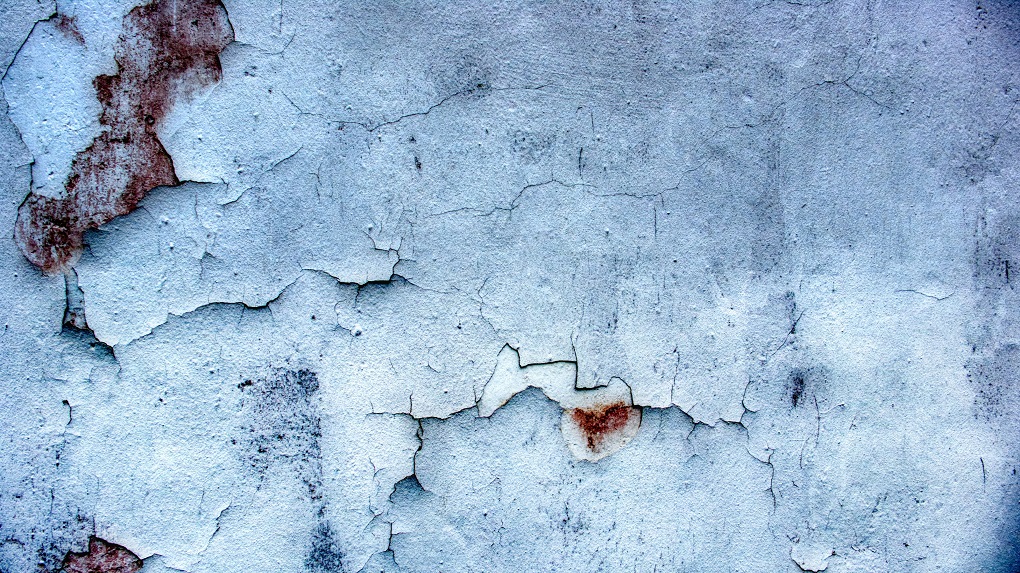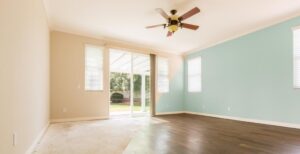Many people think that paint’s age is the only reason but there are various reasons behind cracked and peeling paint. So, with this article, we are sharing common reasons behind paint bubbling, cracking, and peeling, along with the prevention measures.
It’s needless to say, everyone hires a professional painting service to get durable painting services. However, will the paint be indestructible? Nope!
Even if the paint maintains the aesthetic appeal for years, the paint will eventually start bubbling, cracking, and peeling off the walls. This will not only ruin the aesthetic appeal but your walls won’t have the protection either. To be precise, moisture will seep into the walls and cause damage. In addition, it will negatively impact the durability of construction materials because UV rays will damage them.
Paint Bubbling
If a professional painting service is painting the walls and using the best quality, but the paint still bubbles, there might be some other reasons behind it. So, let’s have a look!
Applying Paint on Dirty, Wet, or Hot Walls
The most common reason behind this painting issue is when a professional painting service applies paint on dirty, wet, or hot walls. That’s because it can result in bubbles and blisters. For this reason, a professional painting service or you’ve to ensure that the wall surface is properly cleaned. In addition, it should be dried out properly.

It’s common for a professional painting service to skip the wall-cleaning process, but it helps prevent paint bubbling and cracking. To be precise, the contaminants or dirt on the wall will negatively impact the sticking (the paint won’t stick). In addition to this, you should wait for dry weather. That’s because when you paint in hot and humid conditions, the paint will have bubbles as well as blisters.
Using Oil-Based Paint on Latex Paint
Many people make the mistake of applying oil-based paints on a surface that’s been painted with latex paint. As a professional painting service, you should conduct a cotton ball test because it can help determine the type of paint that’s already used on the wall.
For instance, if you want to use oil-based paint on top of latex paint, we recommend using latex primer. These are acrylic-based primers that promise a flexible yet tough film. It will prevent the moisture issue.
Moisture
This is one of the most common reasons behind paint bubbling, according to professional painting services. Having said that, before you start the painting process, you must check the moisture level in the wall. It’s one of the most common issues when you paint the basement. If yes, we recommend using dryers to ensure the walls are dry.
Termites
Many people don’t realize this, but a professional painting service would know that termites can lead to paint bubbles. This should be your cue to check for termites. You can ask the professional painting service to call the pest infection service. Some of the common signs of termites include mud tubes on the walls. In addition, the wooden structures will be hollowed out.
A professional painting service will be able to use termite-killing solutions to ensure your walls are clean. Keep in mind that the presence of pests is very bad because it can damage the infrastructure as well.
Improper Preparation of Walls or Other Surfaces
The reason people opt for a professional painting service is that they focus on proper preparation of the surfaces. You must sand the painting surface properly and prime it. That’s because if the walls aren’t prepared properly, there will be chances of bubbling and blisters.
Keep in mind that preparation will take time, but it will promise amazing results in the long run. This will save money as well as effort. It will also prevent the need for repetitive paint applications.
Paint Cracking
If you don’t hire a professional painting service, you might struggle with cracking paints. Truth be told, it’s not rocket science to understand the reasons, and we are sharing the information below!
Brand New Paint
Too little prep work on new plaster is the main reason why paint cracks. Before painting, new clay needs to be completely dry. Before adding the emulsion, it also needs to be prepared. Fresh plaster has a surface that is very porous and full of tiny holes that will soak up paint quickly if it is not properly prepared first.
If you don’t “fill in” these little holes first, the paint will soak in and, in the worst case, crack. In the best case, it will soak up too much paint, which can be expensive.
Not Enough Paint Was Used
The question “Why does paint bubbling & cracking?” has a simple answer: bad painting. If you thin your paint too much or put on too little of a layer, it can split and crack. On the other hand, “mud cracks” can happen if you use a heavy hand to spread paint that is too thick. This is where too much paint was used, making the surface uneven. It can look bumpy and is more likely to crack as your home’s walls expand and contract. Making sure you give enough time for each coat to dry is a good way to avoid this.
Low-Quality Paint
Bad paint is another thing that can cause cracks in paint. Cracks can show up in low-quality paint because it doesn’t stick well or bend well, so as it dries, cracks can appear. No matter how good the paint is, it will become more fragile over time. This means that almost all paints will need to be replaced and brought up to date at some point.
The Bottom Line
The bottom line is that walls won’t look good if the paint is peeling or cracking. It doesn’t matter how much money you spend on paint or hiring a professional paint service; the quality of the paint application supersedes everything. So, if you are ready to get the house painted without cracking and bubbling, Apex Paint Pros is available with a professional service. Get in touch and change the way your house looks!







